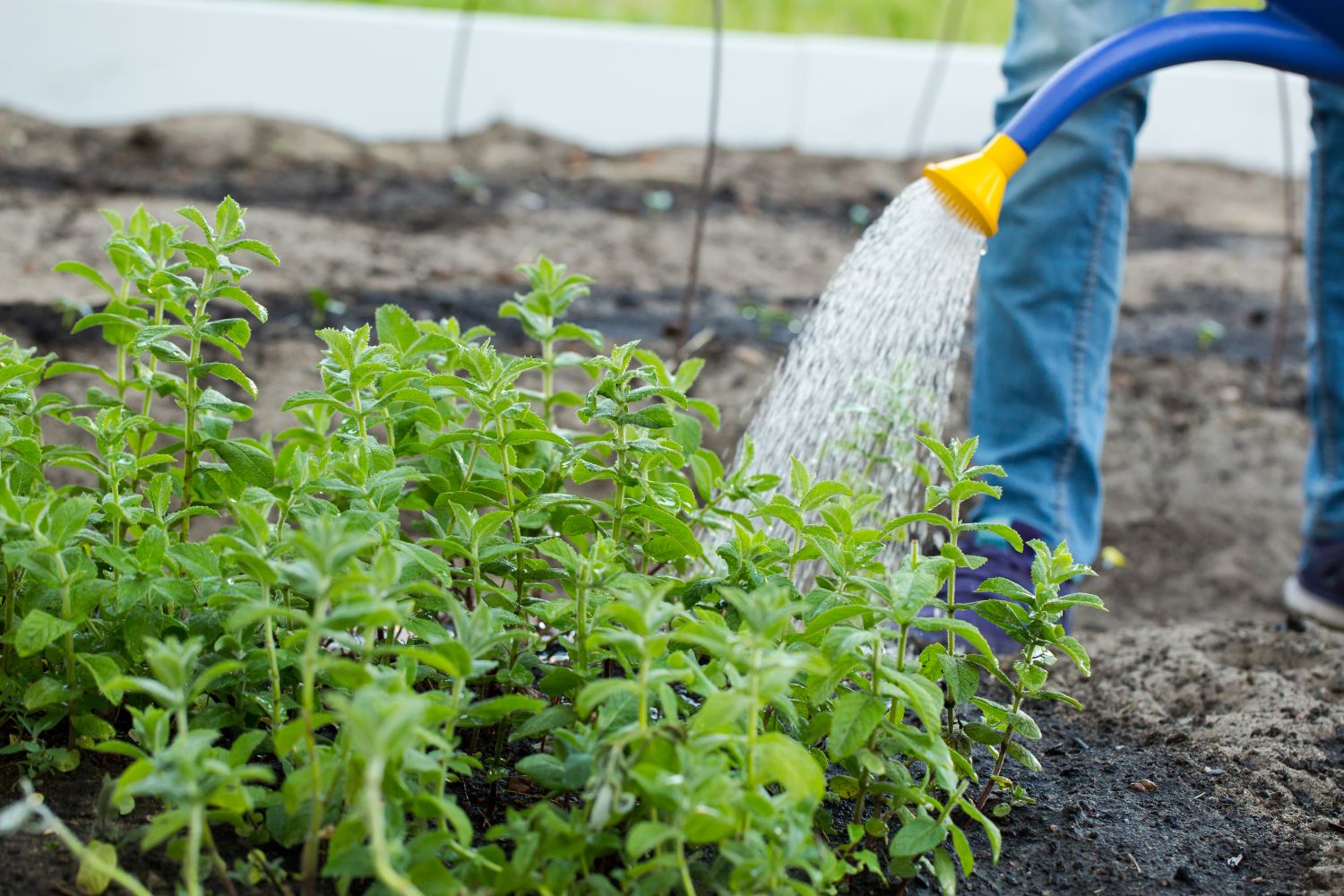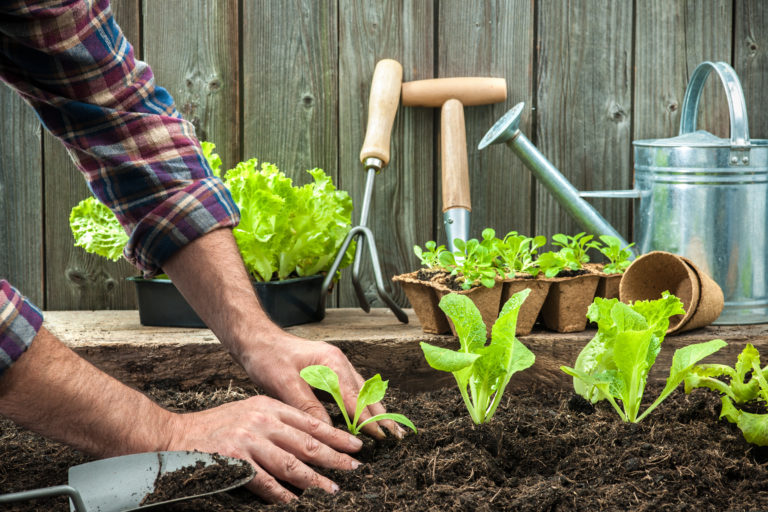Why Choose Water Mint for Your Garden
When it comes to cultivating a refreshing and flavorful herb, water mint is an excellent choice. This hardy and versatile plant thrives in a variety of conditions, making it an ideal addition to any garden. Water mint’s medicinal properties, including its ability to soothe digestive issues and reduce inflammation, have been prized for centuries. Moreover, its refreshing flavor and aroma can add a unique twist to various dishes and drinks, from teas and cocktails to salads and desserts. By learning how to plant water mint, you can enjoy its many benefits and add a touch of elegance to your outdoor space.
Preparing the Perfect Environment for Water Mint
To ensure the healthy growth of water mint, it’s essential to create a suitable environment that meets its specific needs. When it comes to soil, water mint prefers a moist, fertile soil with a pH between 6.0 and 7.0. It’s also crucial to provide adequate drainage, as water mint is prone to root rot in waterlogged soil. In terms of moisture levels, water mint thrives in consistently moist soil, but it can tolerate some drought. When it comes to sunlight, water mint prefers partial shade to full sun, depending on the climate. In warmer climates, it’s best to provide some shade to prevent scorching. By understanding these ideal conditions, you can create an environment that allows your water mint to flourish. Remember, learning how to plant water mint is just the first step – providing the right environment is crucial for its success.
How to Plant Water Mint from Seeds or Cuttings
When it comes to planting water mint, you have two options: seeds or cuttings. Both methods can be effective, but it’s essential to follow the right steps to ensure success. If you’re using seeds, start by sowing them indoors 6-8 weeks before the last frost date in your area. Plant the seeds 1/8 inch deep in a seed tray or small pots filled with a well-draining seed starting mix. Keep the soil consistently moist and warm, with temperatures between 65-75°F (18-24°C). Once the seedlings have 2-3 sets of leaves, transplant them into individual pots or directly into the garden. When transplanting, space the plants 12-18 inches apart to allow for proper growth. If you’re using cuttings, take 4-6 inch stem cuttings from a mature water mint plant and remove lower leaves. Dip the cut end in rooting hormone and plant it in a pot or directly into the garden. Water well and keep the soil consistently moist until the new plant is established. Remember, learning how to plant water mint is crucial for its success, so take the time to get it right.
Tips for Watering and Maintaining Your Water Mint Plant
Once your water mint plant is established, it’s essential to provide the right amount of water and maintenance to keep it thriving. Water mint requires consistent moisture, especially when it’s young. Water your plant when the top inch of soil feels dry to the touch, but avoid overwatering, which can lead to root rot. It’s also crucial to water at the right time – morning is best, as this allows the plant to absorb the water throughout the day. Avoid getting water on the leaves to prevent fungal diseases. In terms of maintenance, fertilize your water mint plant regularly with a balanced fertilizer to promote healthy growth. Prune your plant regularly to encourage bushy growth and prevent it from becoming leggy. Keep an eye out for pests like aphids and spider mites, and diseases like powdery mildew and rust. By following these tips, you can ensure your water mint plant remains healthy and productive throughout the growing season.
Pruning and Training Water Mint for Optimal Growth
Pruning and training are essential steps in growing water mint, as they promote healthy growth, prevent overcrowding, and encourage the plant to thrive. Pruning involves removing dead or damaged leaves and stems, which helps to improve air circulation and prevent the spread of disease. To prune your water mint plant, simply pinch off any weak or spindly growth, and trim back the stems to encourage bushy growth. You can also prune your plant to maintain a desired shape or size. Training your water mint plant involves providing support for the stems to climb or spread. You can use trellises, stakes, or cages to train your plant to grow upwards, or provide a wide container to allow it to spread outwards. Pinching is another technique that involves removing the tips of the stems to encourage branching and prevent the plant from becoming leggy. By pruning and training your water mint plant regularly, you can enjoy a healthy, productive, and fragrant herb that will provide fresh flavor for years to come.
Common Problems and Solutions for Water Mint Growers
Despite its hardiness, water mint can be susceptible to certain pests, diseases, and nutrient deficiencies. One common issue is aphids, which can be controlled by spraying the plant with water or using neem oil. Spider mites can also be a problem, and can be treated by increasing humidity and spraying with water. Fungal diseases like powdery mildew and rust can be prevented by providing good air circulation and removing infected leaves. Nutrient deficiencies can be addressed by fertilizing the plant regularly with a balanced fertilizer. Another common issue is overcrowding, which can be prevented by pruning and training the plant regularly. By being aware of these potential problems and taking preventative measures, water mint growers can ensure a healthy and thriving plant. Additionally, regular monitoring and early intervention can help to prevent these issues from becoming severe. By following these tips, growers can enjoy a bountiful harvest of fresh water mint and avoid common pitfalls that can affect the plant’s health.
Harvesting and Using Fresh Water Mint in Your Recipes
Harvesting fresh water mint is a straightforward process that requires some basic knowledge of when to pick, how to dry, and how to store the leaves. The best time to harvest water mint is in the morning, after the dew has dried but before the heat of the day. Simply pinch or cut off the top sets of leaves, leaving the stems intact to encourage new growth. To dry water mint, tie the stems in small bunches and hang them upside down in a warm, dry place. Once dry, store the leaves in airtight containers to preserve their flavor and aroma. Fresh water mint can be used in a variety of recipes, from refreshing teas and cocktails to salads, sauces, and marinades. Try adding it to a pitcher of iced tea for a cooling twist, or use it to flavor a homemade salad dressing. Water mint can also be used to make a delicious and healthy chutney, perfect for serving with grilled meats or as a dip for vegetables. With its versatility and flavor, the possibilities for using fresh water mint in your recipes are endless.
Conclusion: Enjoying the Fruits of Your Labor
By following the guidelines outlined in this article, anyone can successfully grow and harvest water mint, enjoying its fresh flavor and numerous benefits. From its hardiness and versatility to its medicinal properties and refreshing twist on various dishes and drinks, water mint is an ideal addition to any garden. By understanding how to plant water mint, prepare the perfect environment, and maintain a healthy plant, growers can reap the rewards of their labor and enjoy the fruits of their hard work. Whether used in teas, salads, or as a garnish, fresh water mint is sure to delight. So why not give it a try? With its ease of growth and numerous uses, water mint is an herb that is sure to bring joy and freshness to any garden or kitchen.







